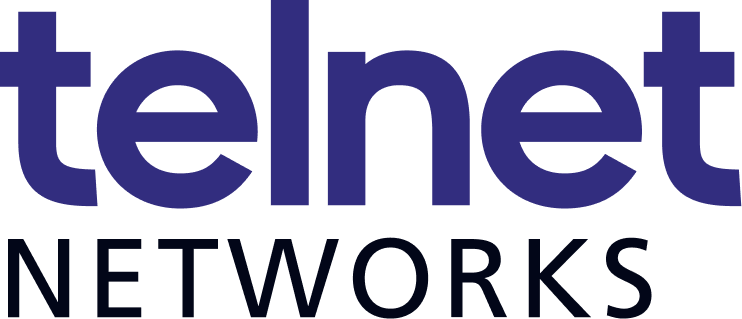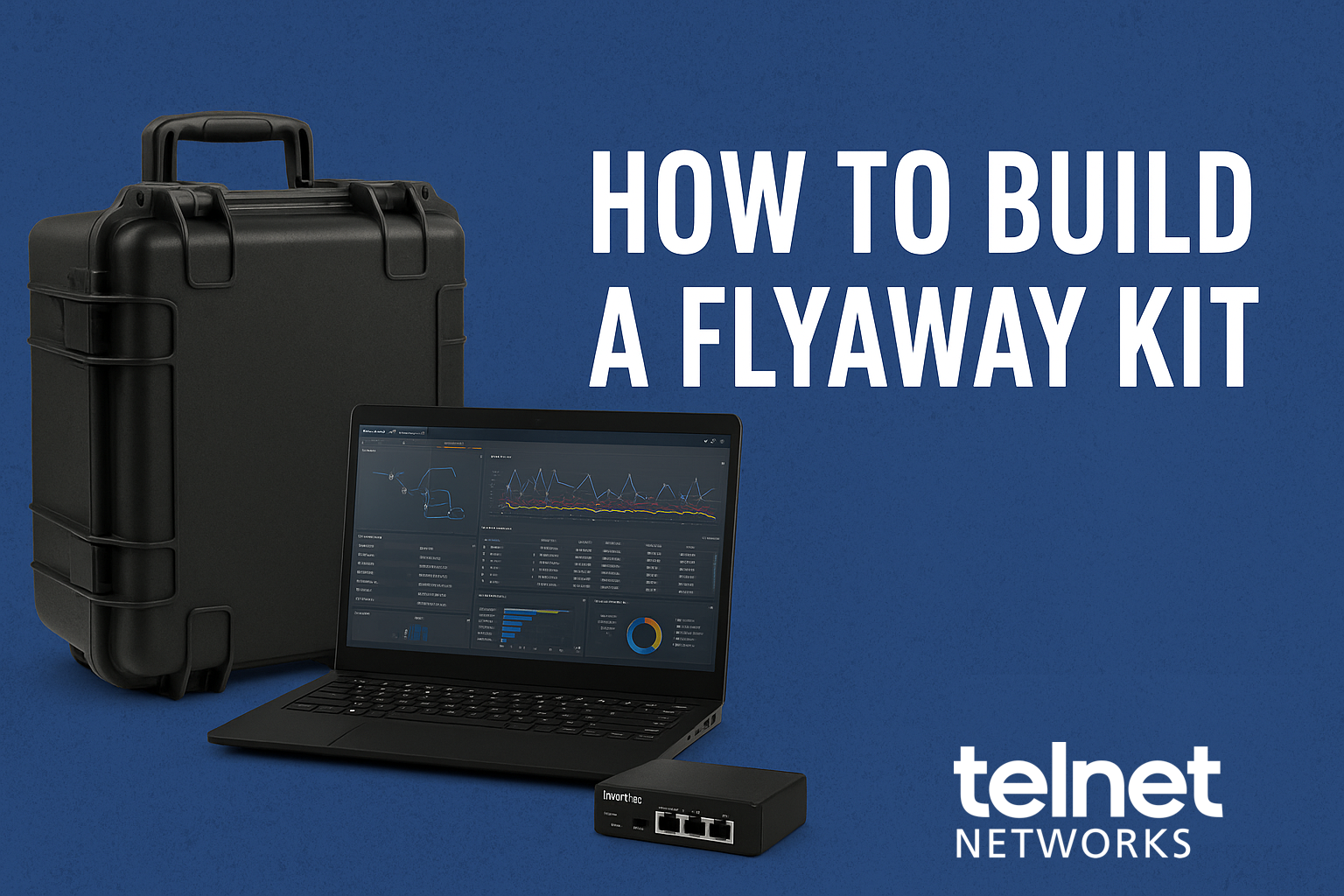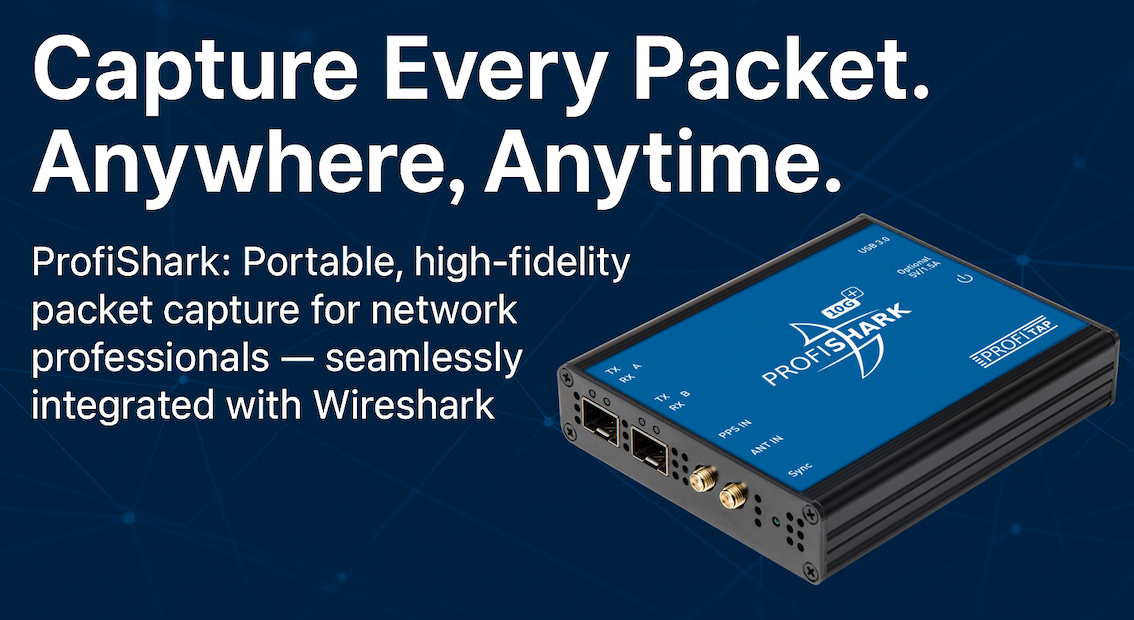Between data centres, clouds and physical servers, enterprises are seeing rapidly growing complex networks. With this ever-expanding infrastructure comes the issue of visibility as data slips into blind spots when the network grows, which can be a stumbling point for businesses.
Roark Pollock, Ixia VP of Marketing, Network Visibility Solutions, spoke to CBR about how Ixia is battling the blind spots with its new Visibility Architecture solution.
Visibility Architecture is being launched to ‘help organisations take back control of their data centre’ – have they lost control?
It’s not so much about losing control, but being able to see what’s going on. I think there’s a possibility that companies have blind spots in their network and so whether you call it loss of control or of visibility, at the end of the day you can’t manage what you can’t see. So if you don’t have any visibility into those blind spots in the network or the data centre it becomes very difficult to manage and worst of all to troubleshoot.
How does Visibility Architecture help to eliminate those blind spots?
What we’re trying to do is give customers the ability to harvest data from every point in the network between the applications that sit in the data centre and the users that sit on the far edge of the network. It doesn’t matter if they’re trying to tap into that data on the physical network itself, or to the virtualised part of the data centre, which has historically been a very large blind spot for many customers. We have the ability to provide them with access solutions that give them access to data in virtualised data centre environment. Also there’s the ability to maintain and deploy security tools in a resilient fashion across the network.
When businesses move their data to the cloud, can these create more blind spots if information is not properly managed?
Yes, it does. We provide the ability for customers to maintain visibility into a private cloud environment. So we can provide them with our virtual visibility framework to maintain visiblity into that private cloud environments. But it has historically been one of the bigger issues for companies to address from a performance management standpoint.
Alternatively, does the legacy of data held within physical internal servers prove to be a problem?
It can be, but the great thing about physical servers is that they have to connect to something. The data that sits in those physical servers, when it’s used for an application, it is delivered to an end user. If it’s on a physical server, as soon as that data starts to flow, it hits the physical network, which you can see into very easily with the Visibility Architecture. You can see those packages as they traverse the physical network from when they leave the server on the network, across the core to the edge of the network where the application and the data is delivered to the end user.
Some organisations are managing their data using several different solutions, often through different services across the data centres, cloud and physical servers. Can this be a hindrance?
It absolutely is. The place where customers are having the biggest problem today is they have a number of organisations using a wide variety of different tools. For the tools to work effectively they have to be able to tap into information in different parts of the network. That creates a big demand for access to the network from all these different tools. The other problem is if I have a lot of tools, I have to buy enough capacity and even if I could tap into all these different parts of the network, that’s a tremendous amount of data for tools to absorb.
What we’re trying to do is solve that capacity problem. We’re providing the ability to harvest that end-to-end data off the network and then slice it down very finely to exactly what each one of the specific tools of the organisation needs to manage the network and the applications. So you’re actually making better use of the tool that you’ve invested in.
So is an end-to-end solution the way forward when it comes to managing data?
It’s not so much about managing data, but managing the overall underlying infrastructure and the experience they’re delivering to their users. Once they have that visibility, they can start to provide on the service level agreements that they are trying to deliver to their end users. They can manage the infrastructure better and troubleshoot problems much more quickly because they have access to data that they haven’t done in the past.
Visibility Architecture is our way of actually starting to move beyond just talking about products and presenting to our customer base a set of end-to-end solutions so they can go out there and position the overall Visibility Architecture and not just a set of individual products. It’s more than just a fabric or some connected products, it’s bringing together all of the disparate products to solve their problems.
Thanks to CBR for the article.






